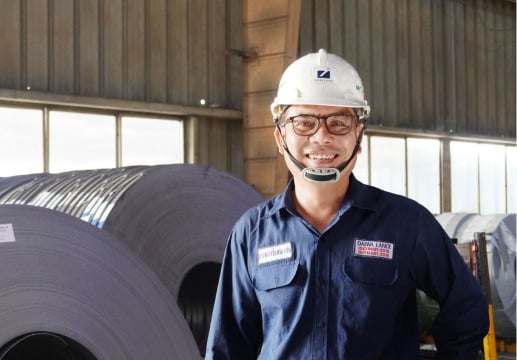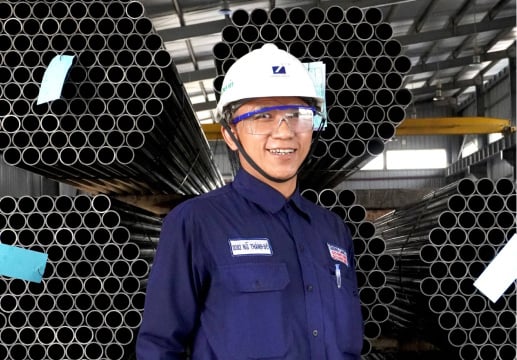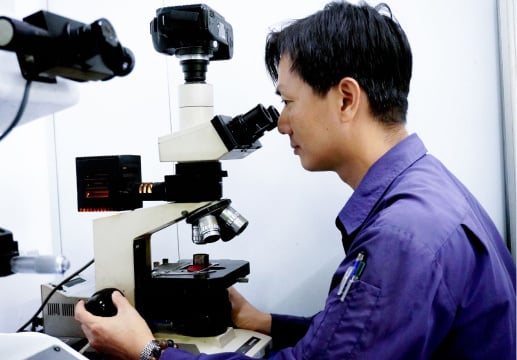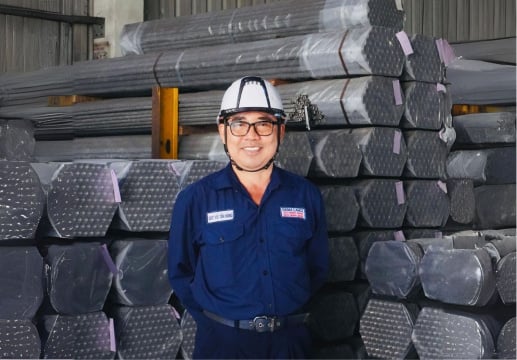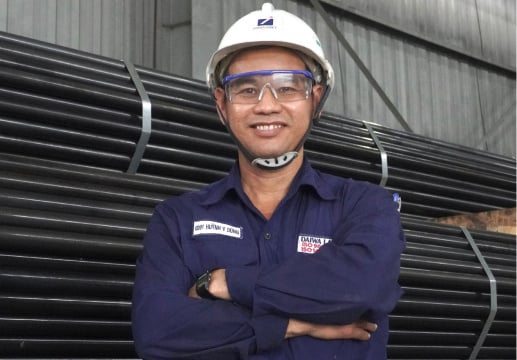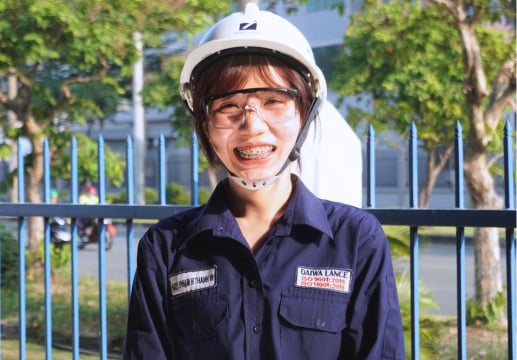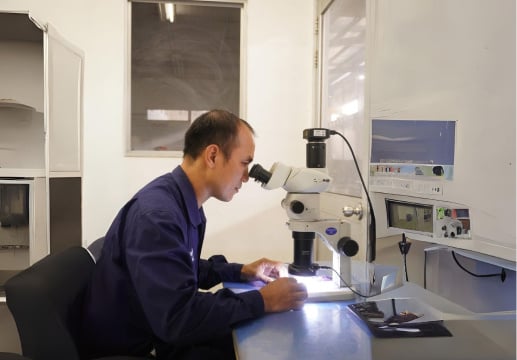Incinerator
Incinerators, also referred to as trash-burning furnaces, are highly efficient and innovative devices designed for the combustion of waste materials. These modern incinerators are equipped with advanced equipment to minimize pollutants, such as flue gas cleaning systems. By utilizing an oxygenated single combustion chamber, waste materials are subjected to extremely high temperatures, resulting in their complete combustion. This process ensures that only gases and ash are produced as byproducts, effectively eliminating the need for waste disposal.
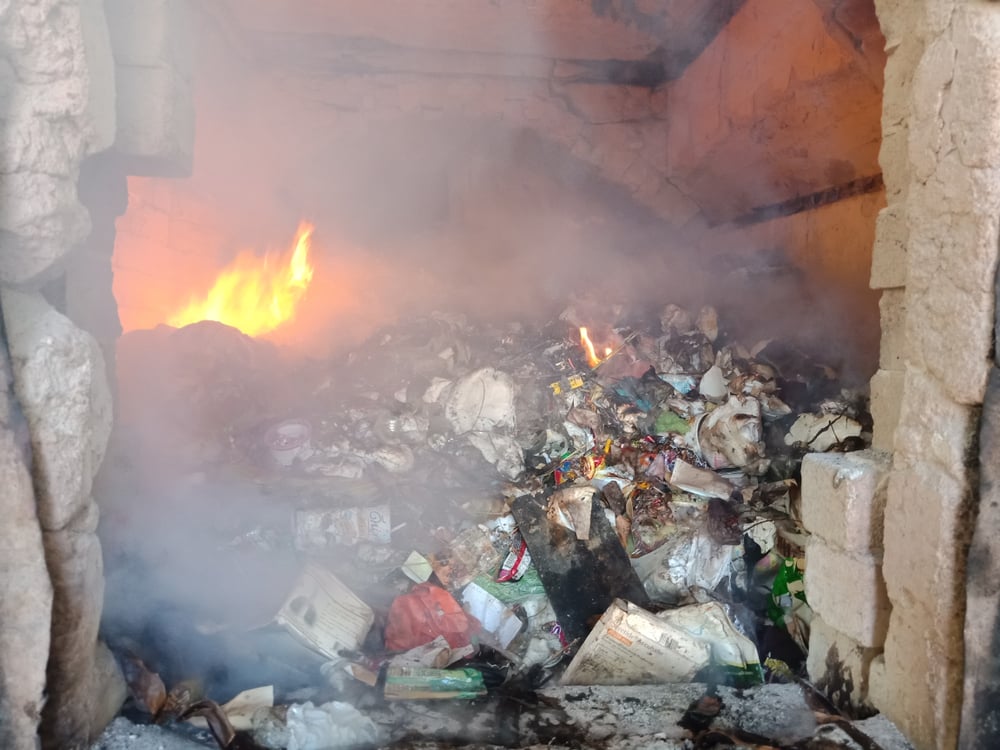
In the context of incinerators, the need for more oxygen is primarily related to the combustion process. Incinerators are designed to burn waste materials, such as trash or industrial waste, at very high temperatures to reduce them to ash and gases. This process is known as combustion, and it relies on a controlled supply of oxygen for several reasons:
Combustion Requirements
Combustion is a chemical reaction between a fuel source (in this case, the waste material) and oxygen (O2) in the air. For efficient and complete combustion to occur, a sufficient amount of oxygen must be present. Oxygen is a crucial component in the combustion process because it reacts with the fuel to produce heat and various combustion byproducts.
Energy Production
Incinerators are often used to generate heat and electricity. By increasing the supply of oxygen in the combustion chamber, you can raise the temperature and ensure that the waste materials burn more completely. This results in the production of more heat, which can be harnessed for energy generation.
Emission Control
Adequate oxygen supply is essential to control the emissions produced during combustion. When there is insufficient oxygen, incomplete combustion can lead to the release of harmful pollutants, such as carbon monoxide (CO) and unburned hydrocarbons. By maintaining a high oxygen level, you can help minimize the formation of these pollutants and ensure that emissions are within acceptable regulatory limits.
Residue Reduction
Incinerators aim to reduce waste materials to ash and other non-hazardous residues. An oxygen-rich environment can help achieve more complete combustion, leaving behind a smaller volume of ash and other waste materials.
Safety
Proper oxygen levels are necessary to maintain a safe and controlled combustion process within the incinerator. A lack of oxygen can lead to incomplete combustion and potentially dangerous situations, such as the release of toxic gases or explosions.
To summarize, increasing the supply of oxygen in incinerators is essential for efficient combustion, energy production, emission control, and safety. It allows for more complete and controlled burning of waste materials, which is crucial for achieving the desired outcomes in waste disposal and energy generation while minimizing environmental impacts.

